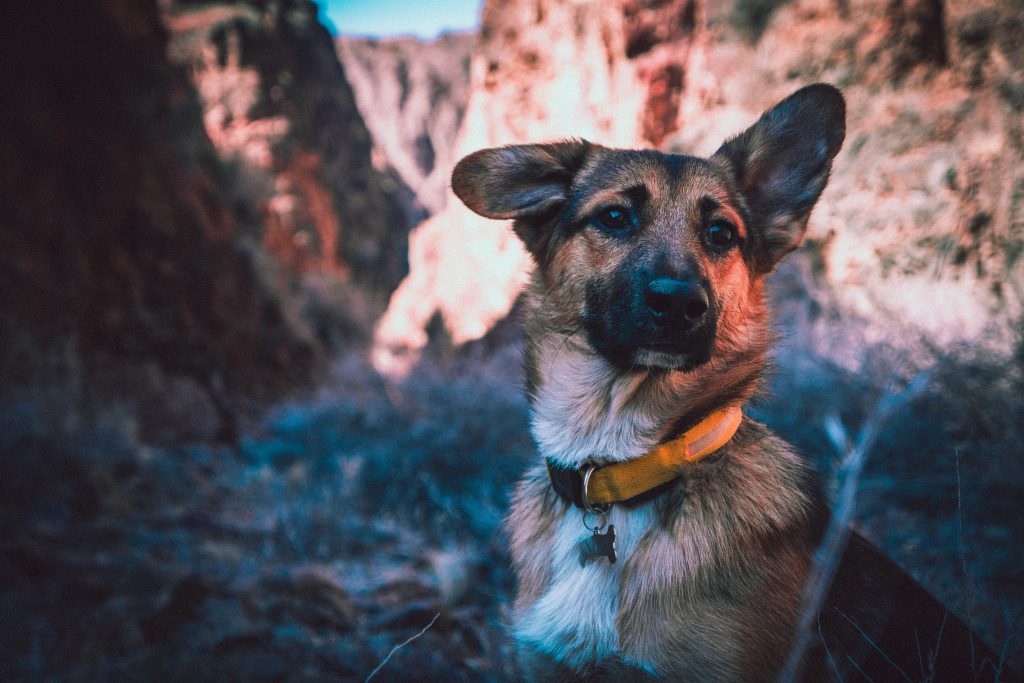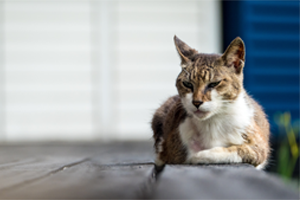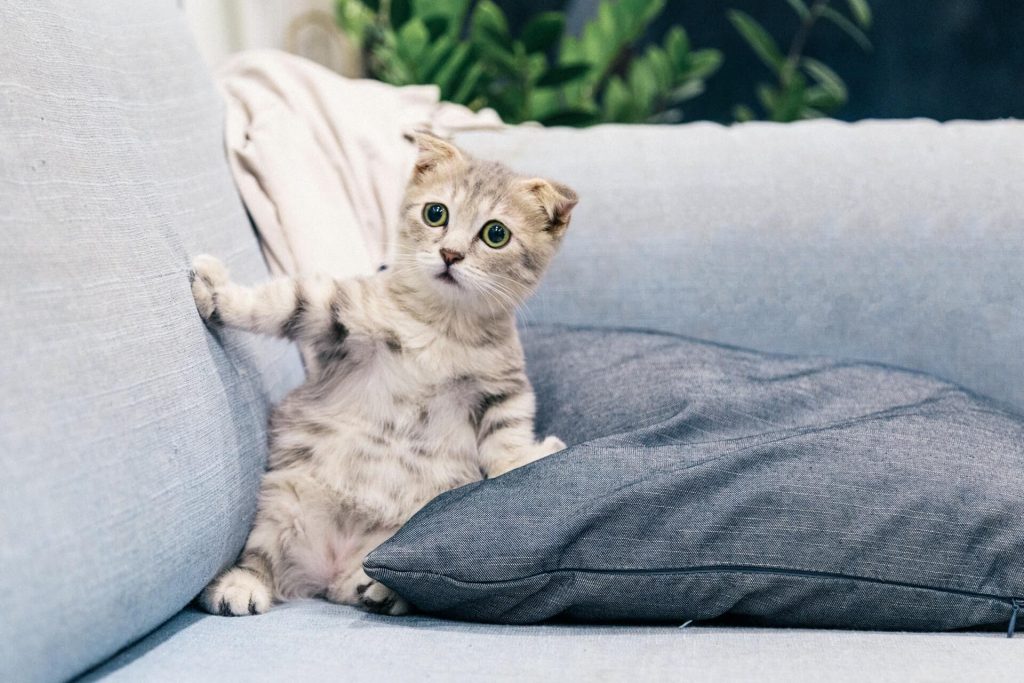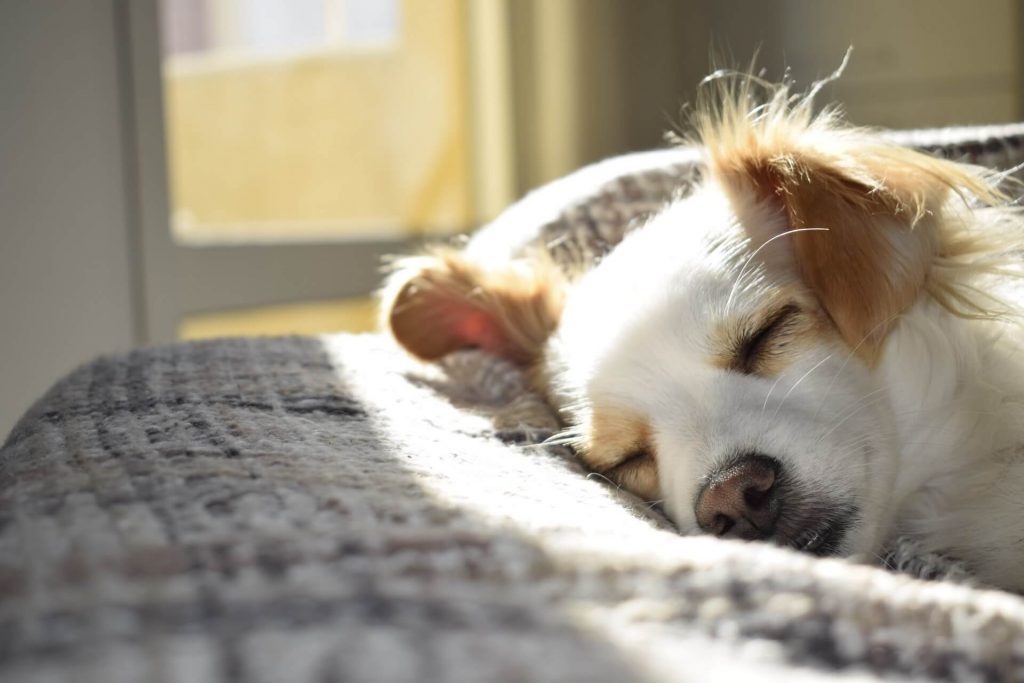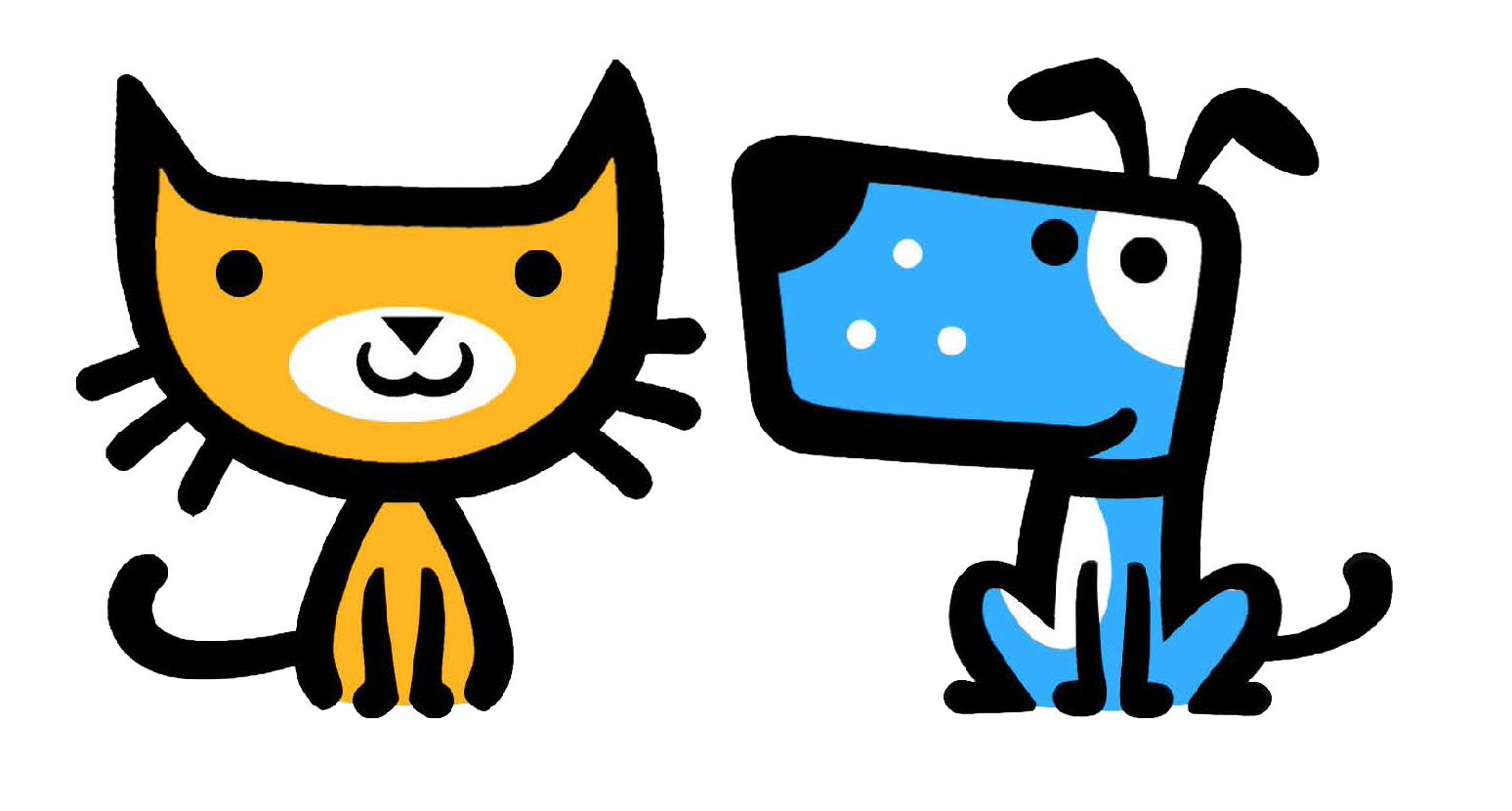Time to read: 8 mins
Key Stats
Life expectancy: 18-20 years
Height: 30- 35 cm
Weight: 4- 8 kg
About Domestic Longhairs
Domestic Long Haired (DLH) cats are also known as moggies. These are the mongrels of the cat world as they are made up of many different breeds. Although this breed is not officially recognised as a breed, they have become a household name. DLH cats are known for their hunting ability and agility. These cats were noted on the first ships that sailed from Europe to America. While on the boat they became the self-appointment rodent killers and did a pretty good job at it, by all accounts!
What to consider when owning a Domestic Longhair cat
These cats do not have one type of behaviour or personality as they are made up of many different breeds, it all depends on your cat. They are intelligent which makes them fairly easy to train. DLH are not known for being particularly skittish or aggressive which are good traits to have when your cat is interacting with dogs. Introducing your dog and cat can be tricky depending on the temperament of both animals but over time, and with the right guidance from the owner, this does not have to be an ongoing issue.
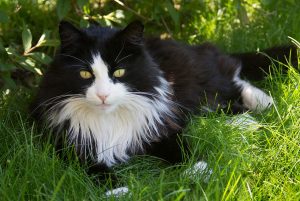
Cost
Where possible, it would be best to adopt rather than shopping as many Domestic Longhairs can be found in shelters throughout the UK. If purchasing is your intention then Domestic Longhairs can cost anywhere up to £500 depending on their lineage.
On top of the purchase price you’ll also need to consider initial costs of things such as vaccinations and neutering, as well as ongoing costs of food, preventative healthcare. They are large dogs which means they are likely to be more expensive than a smaller breed. Some of these extra charges include:
- Microchipping
- Flea treatments
- Leash and collar
- Treats and food bowls
- Toys
- Beds
- Grooming
- Insurance
Exercise
Like dogs, our cats need exercise to keep them fit and healthy too. Each cat will require varying amounts of exercise depending on their age and body type. As long as your cat is fit, healthy and avoiding any behavioural issues- they are getting the exercise they need. When a cat begins to act out or over-groom themselves it could be a result of them not getting enough exercise. If you are looking for some inspiration on how to train your cat, we have got you covered.
Grooming
Longhaired cats require extra grooming too that of a shorthaired cat. Their coats are very fluffy making them difficult to maintain on their own so they will need some assistance from their owners. On top of excess dirt and hair being removed from your cats’ fur during the grooming process, longhaired cats’ coats are susceptible to their fur matting and hairballs. Regular grooming will help to avoid mats which can be painful to your cat if left unattended for too long. See the implications hairballs can have on your cat’s health below.
Domestic Longhaired health concerns
Due to their mix of breed DNA and heritage, these cats tend to be healthier than pedigree cats. There are no known breed specific concerns for DLH cats, but they can occasionally suffer from any of the diseases that affect pedigree cats.
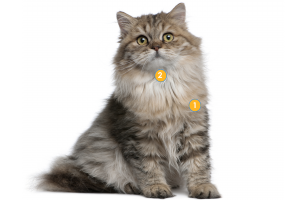
1. Leukaemia
The most common reason for illness and death in a DLH is Feline Leukaemia Virus or FeLV. This virus causes immunosuppression, anaemia and tumours. Once a cat contracts the virus their prognosis is 3-4 years. Thankfully we have excellent vaccination protocols in the UK and this is one of the diseases that we routinely vaccinate against. Because of this, less that 1 – 2% of the healthy feline population ever come down with this disease.
2. Intestinal obstruction
Due to their slightly longer coats, DLH cats need regular grooming to reduce the chance of them ingesting hairballs. Hairballs are caused by your cat grooming themselves and ingesting the hair as they do this. These hairs gather together and potentially cause an intestinal obstruction. This can lead to a lack of appetite, vomiting and constipation. If you think your cat will be more prone to hairballs you can use a supplement to help the hair pass through the digestive tract or a diet specifically designed for this concern.
If you have any concerns about your cats health do not hesitate to get in touch with our Careline. They will be able to answer any questions that you may have.
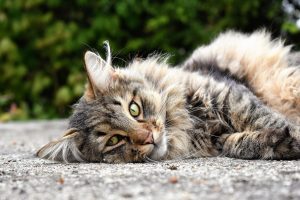
Pet insurance for Domestic Longhairs
Since domestic longhaired cats are classed as a moggie, they do not have as many health issues as pure-bred cats do but that is not to say they are without health issues. You never know what might happen as your pet gets older. Find out how we can cover your pet from accidents as well as illnesses they may suffer from.
It’s normally best to insure your cat from a young age, before any conditions become an issue. Insuring your cats from a young age will tend to be cheaper. Although you can get insurance for older cats too.
See how we can help you by getting a quote today.
Domestic Longhair Insurance
Looking for insurance for your cat. Our 5* Defaqto rated cover is rated Excellent by our members on Trustpilot.


